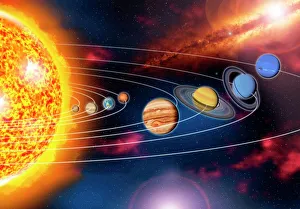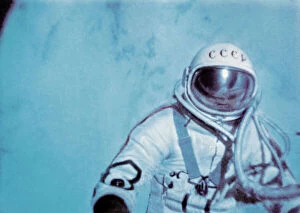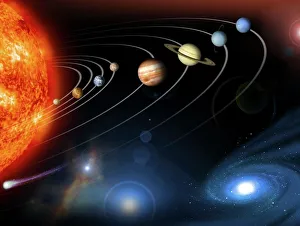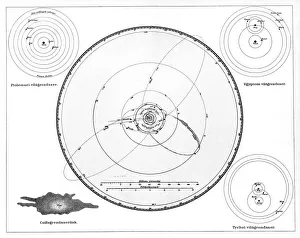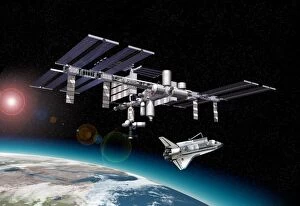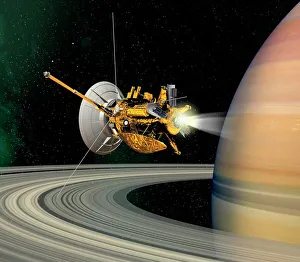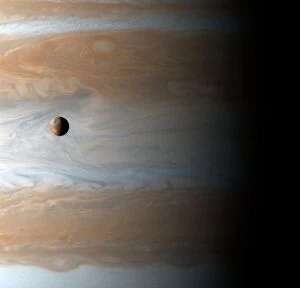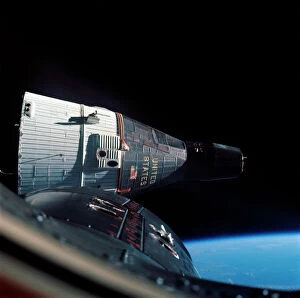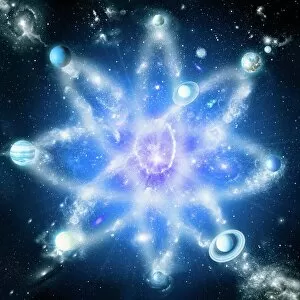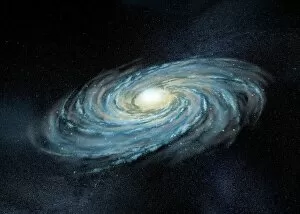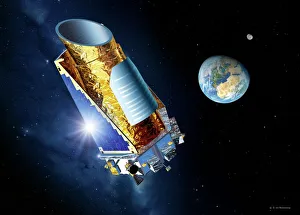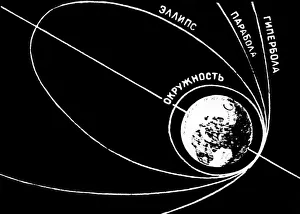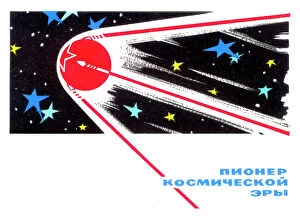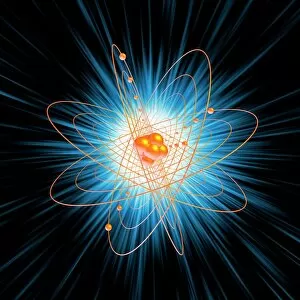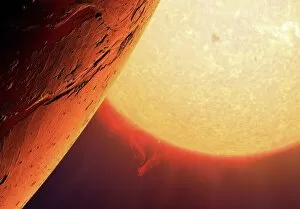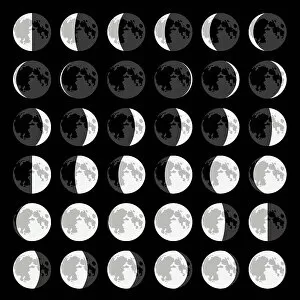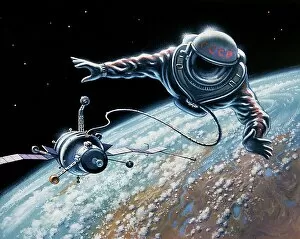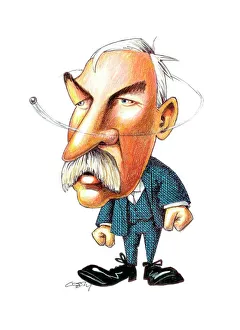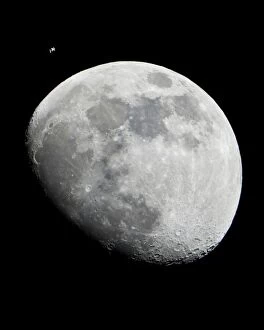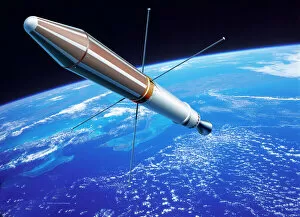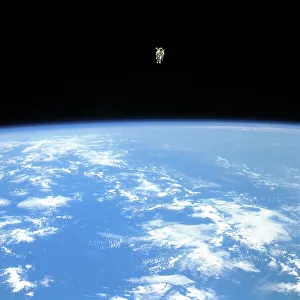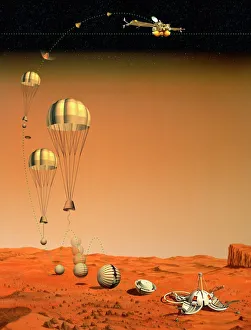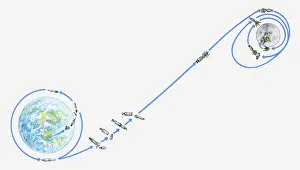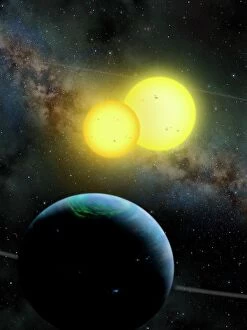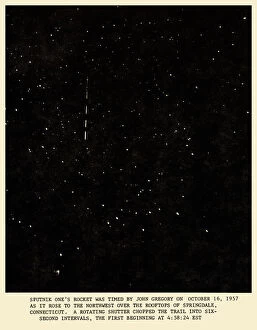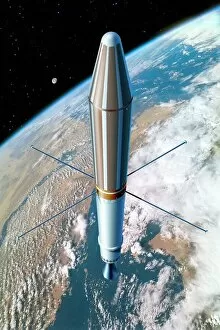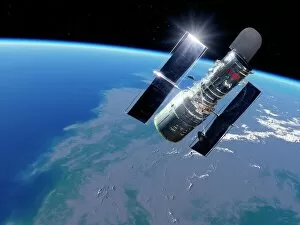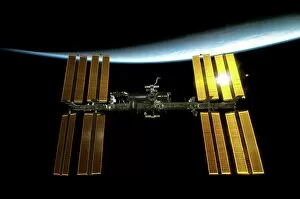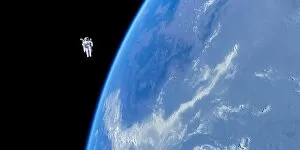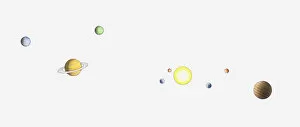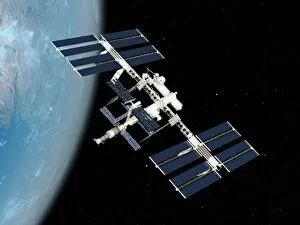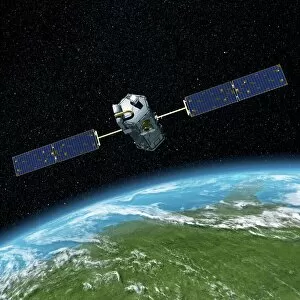Orbiting Collection
"Orbiting: A Celestial Dance in the Solar System" Step into the mesmerizing realm of orbiting
All Professionally Made to Order for Quick Shipping
"Orbiting: A Celestial Dance in the Solar System" Step into the mesmerizing realm of orbiting, where celestial bodies gracefully navigate their paths through the vast expanse of our Solar System. From stunning artwork depicting distant planets to monumental space missions, let us embark on a captivating journey. In 2008, humanity witnessed a remarkable feat as the International Space Station commenced its orbital voyage around Earth. This technological marvel serves as a testament to human ingenuity and collaboration among nations. Rewind back to 1965 when Alexei Leonov became the first person to venture into the vacuum of space during his historic spacewalk. His courageous act forever changed our perception of what lies beyond our planet's boundaries. The Gemini 7 spacecraft effortlessly gliding through orbit showcases mankind's ability to explore and conquer new frontiers. It symbolizes our relentless pursuit of knowledge and understanding about the mysteries that lie above. Delve deeper into this cosmic ballet with awe-inspiring artwork capturing Jupiter from Europa, revealing its majestic beauty against an otherworldly backdrop. The gas giant's enigmatic allure continues to captivate astronomers worldwide. Reflect upon historical models such as Ptolemy's Geocentric Model, Copernicus' Heliocentric Model, and Tycho Brahe's contributions that revolutionized our understanding of how heavenly bodies move in relation to one another. These groundbreaking theories paved the way for modern astronomy. Niels Bohr’s caricature reminds us of his profound contributions towards unraveling quantum mechanics – a field that challenges conventional notions by exploring atomic orbits and energy levels within atoms themselves. Immerse yourself in artistic renditions showcasing Apollo spacecraft at the Moon - an iconic moment marking humanity’s first steps on another celestial body. Witness these extraordinary achievements that continue inspiring generations today. Marvel at Cassini-Huygens probe's breathtaking encounter with Saturn - a masterpiece captured through artistic interpretation. This mission unveiled unprecedented insights into the ringed planet, its moons, and the wonders of our cosmic neighborhood.


